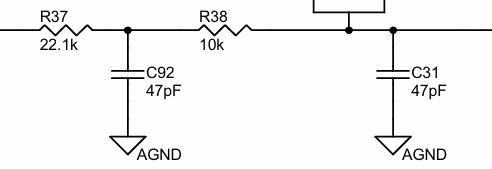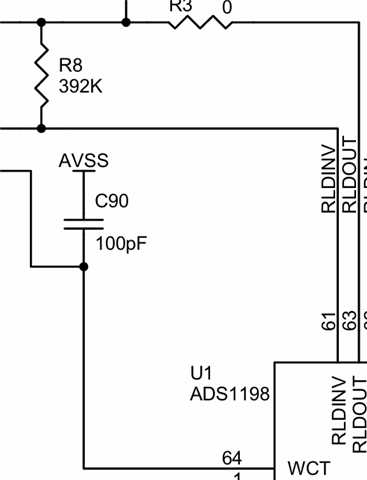Other Parts Discussed in Thread: ADS1298
Tool/software:
Hi Team,
We are using ADS191 device. While reviewing the reference design for ADS1298, I noticed that it incorporates two-stage RC filters, with cutoff frequencies of 153.225 kHz and 338.627 kHz. My question is: since the frequency of the ECG signal falls between 0.05 Hz and 150 Hz, why are these cutoff frequencies set so high? Is there a specific reason for implementing this in the development kit?
I have another question regarding the RLD non-inverting amplifier. In the development kit, the gain is set to unity. Can we increase the gain of this amplifier to further reduce common mode noise? I understand the importance of amplifier stability, but considering stability, could we still increase the gain to help minimize common mode noise?
Thanks, and Regards
Karthik P R


